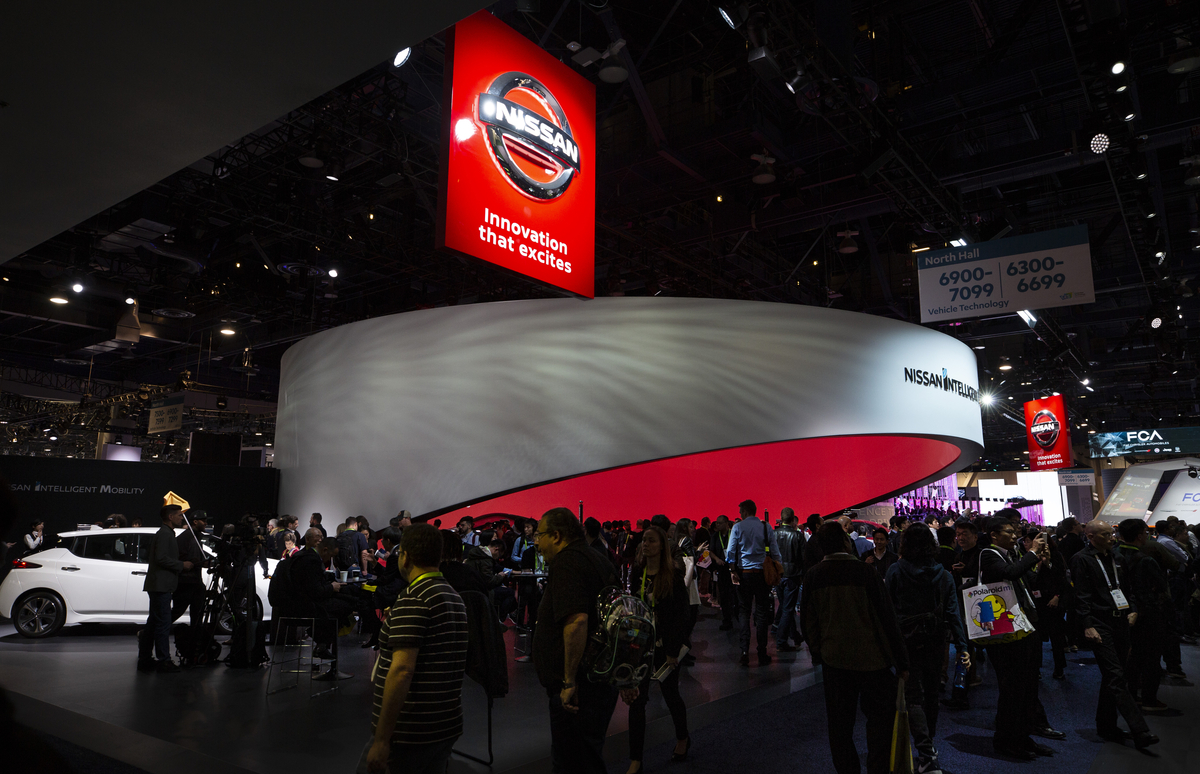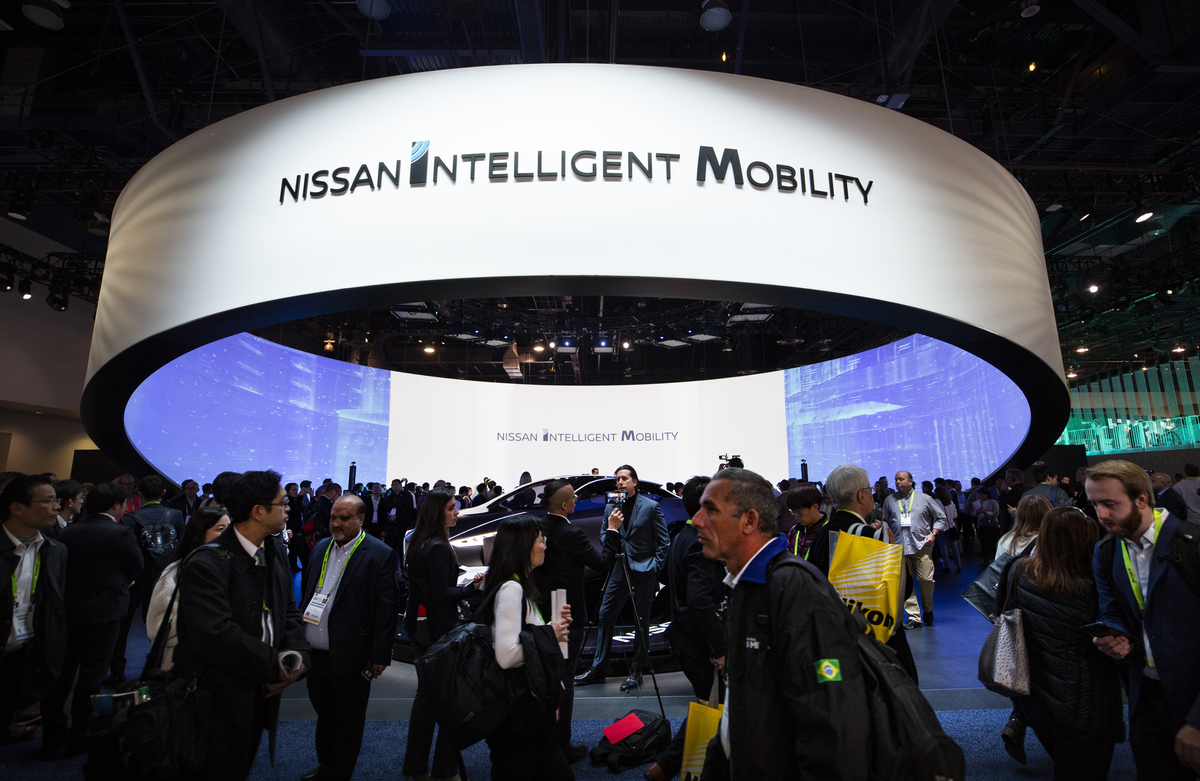CES 2019: Nissan Flaunts Futuristic Tech That Lets Drivers “See the Invisible”
This week in Las Vegas, Nissan unveiled its future vision for a vehicle that helps drivers “see the invisible” by merging both real and virtual worlds, in an attempt to create the ultimate connected-car experience.
Invisible-to-Visible, or I2V, is a future technology created through Nissan Intelligent Mobility, the company’s vision for changing how cars are powered, driven and integrated into society. I2V is being demonstrated to CES visitors through an interactive, three-dimensional immersion experience at Nissan’s display.

I2V merges information from sensors outside and inside the vehicle with data from the cloud, allowing the system to not only to track the vehicle’s immediate surroundings but also anticipate what’s ahead – even things that are behind buildings or around corners. To make driving more enjoyable, guidance is given in an interactive, human-like way, such as through avatars that appear inside the car.
By tapping into the virtual world, I2V opens up endless possibilities for service and communication – making driving more convenient, comfortable and exciting.
“By helping you see the invisible, I2V enhances your confidence and makes driving more enjoyable,” said Tetsuro Ueda, an expert leader at the Nissan Research Center. “The interactive features create an experience that’s tailored to your interests and driving style so that anyone can enjoy using it in their own way.”
I2V is powered by Nissan’s Omni-Sensing technology, which acts as a hub gathering real-time data from the traffic environment and from the vehicle’s surroundings and interior. Nissan’s SAM (Seamless Autonomous Mobility) technology analyzes the road environment through relevant real-time information, and the ProPILOT semiautonomous driver support system provides information about the car’s surroundings.
The technology maps a 360-degree virtual space around the car to provide information about things like road and intersection status, visibility, signage or nearby pedestrians. It can also monitor the people inside the vehicle by using interior sensors to better anticipate when they may need assistance with finding something or a coffee break to stay alert.

I2V can also connect drivers and passengers to people in the Metaverse virtual world, making it possible for family, friends or others to appear inside the car as three-dimensional, augmented-reality avatars to provide company or assistance.
More support during autonomous or manual driving
During autonomous driving modes, I2V even has the potential to change the scenery during your ride. For example, if driving in the rain, the scenery of a sunny day can be projected inside the vehicle.
When visiting a new place, the system can search within the Metaverse for a knowledgeable local guide who can communicate with people in the vehicle in real time.
Information provided by the guide can be collected with Omni-Sensing and stored in the cloud so that others visiting the same area can access the useful guidance. It can also be used by the onboard artificial intelligence system to provide a more efficient drive through local areas.
During manual driving, I2V provides information from Omni-Sensing as an overlay in the driver’s full field of view. The information helps drivers assess and prepare for things like corners with poor visibility, irregular road surface conditions or oncoming traffic.
Not only will I2V display information about congestion and estimated travel time, but it can also communicate unique details to better inform the driver about the road ahead, removing unknowns to ease driving stress. I2V will give alternative suggestions, even down to the best-moving lane in heavy traffic, by using real-time local data mapping via Omni-Sensing.
Once a driver arrives at a destination, I2V can access SAM to scan for parking spaces and park the vehicle for the driver in situations requiring difficult parking maneuvers.
I2V demonstration at CES 2019
CES visitors can experience I2V at Nissan’s display by putting on a pair of augmented-reality goggles and stepping inside a demonstration cockpit featuring three-dimensional interfaces and displays. Users are guided through scenarios including a tour of a city, receiving help to find an open parking space at a busy mall, seeing a rainy day outside change to a sunny day inside the car, chasing a professional driver avatar to improve driving skills and exploring how I2V can see through buildings and around corners.

